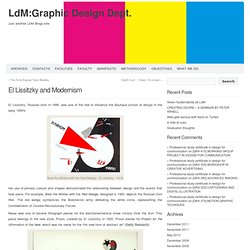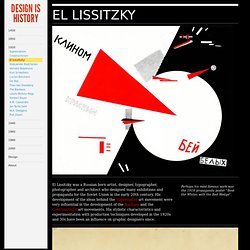

Sembol ödevi. The Gestalt Principles. The Gestalt Principles Gestalt is a psychology term which means "unified whole".

It refers to theories of visual perception developed by German psychologists in the 1920s. These theories attempt to describe how people tend to organize visual elements into groups or unified wholes when certain principles are applied. These principles are: Similarity Similarity occurs when objects look similar to one another. The example above (containing 11 distinct objects) appears as as single unit because all of the shapes have similarity. Unity occurs because the triangular shapes at the bottom of the eagle symbol look similar to the shapes that form the sunburst. When similarity occurs, an object can be emphasised if it is dissimilar to the others. The figure on the far right becomes a focal point because it is dissimilar to the other shapes.
Continuation Continuation occurs when the eye is compelled to move through one object and continue to another object. Closure Examples Proximity Figure and Ground Figure. The Gestalt Principles. » El Lissitzky and Modernism. El Lissitzky, Russian born in 1890, was one of the few to influence the Bauhaus school of design in the early 1900′s.

Beat the Whites with the Red Wedge - El Lissitzky - 1919 His use of primary colours and shapes demonstrated the relationship between design and the events that took place. El Lissitzky. El Lissitzky El Lissitzky was a Russian born artist, designer, typographer, photographer and architect who designed many exhibitions and propaganda for the Soviet Union in the early 20th century.

His development of the ideas behind the Suprematist art movement were very influential in the development of the Bauhaus and the Constructivist art movements. His stylistic characteristics and experimentation with production techniques developed in the 1920s and 30s have been an influence on graphic designers since. Perhaps his most famous work was the 1919 propaganda poster "Beat the Whites with the Red Wedge". In his early years he developed a style of painting in which he used abstract geometric shapes, which he referred to as "prouns", to define the spatial relationships of his compositions. He moved around in the 1920s and spent time in both Germany as a cultural representative of Russia and, after he was diagnosed with pulmonary tuberculosis, Switzerland in a Swiss sanatorium. 2012-2013 Ders İçerikleri Taslağı by Zeynep ozkazanc on Prezi. This Is Not a Pipe - Michel Foucault. Michel Foucault was born on October 15, 1926, in Poitiers, France, and was educated at the Sorbonne, in Paris.

Icon, Index and Symbol: Types of Signs. ICON, INDEX and SYMBOL (Long Version) Updated Sept 4, 2000 (R.
Port), Linguistics L103, Fall, 2000 To the Short Version People who study signs and communication differentiate three kinds of signs: an ICON from an INDEX from a SYMBOL. This distinction is very important and derives from philosopher C. First, we must note that a sign is a stimulus pattern that has a meaning. The icon is the simplest since it is a pattern that physically resembles what it `stands for'. A picture of your face is an icon of you. Of course sometimes there could be a dispute about what `physical resemblance' means and how similar it must be. An `index' is defined by some sensory feature, A, (something directly visible, audible, smellable, etc) that correlates with and thus implies or `points to' B, something of interest to an animal. Thus, Cultural Differences. Chapter 5 Imagine this scene - you are inspecting a house with the possibility of purchasing it and you open a bathroom door to see a woman sitting naked in a bathtub.
How would you expect the surprised woman to react? A British or American woman would cover her breasts with one hand and her genitals with the other, while a Swedish woman would cover only her genitals. A Muslim woman would cover her face, a Sumatran woman would cover her knees and a Samoan only her navel. We Were Having Pizza at the Time All cultures walk on the same side of the pavement as they drive on the road. You'd also be stunned when you go to shake hands to say goodbye to an Italian but, instead, you get a kiss on both cheeks. As I departed, the Italian man kissed me on both cheeks. Semiotic elements and classes of signs. Peirce conceives of and discusses things like representations, interpretations, and assertions broadly and in terms of philosophical logic, rather than in terms of psychology, linguistics, or social studies.

He places philosophy at a level of generality between mathematics and the special sciences of nature and mind, such that it draws principles from mathematics and supplies principles to special sciences.[2] On one hand, his semiotic does not resort to special experiences or special experiments in order to settle its questions. On the other hand he draws continually on examples from common experience, and his semiotic is not contained in a mathematical or deductive system and does not proceed chiefly by drawing necessary conclusions about purely hypothetical objects or cases. As philosophical logic, it is about the drawing of conclusions deductive, inductive, or hypothetically explanatory. Semiotic elements[edit] Thought is not necessarily connected with a brain.
Sign relation[edit]